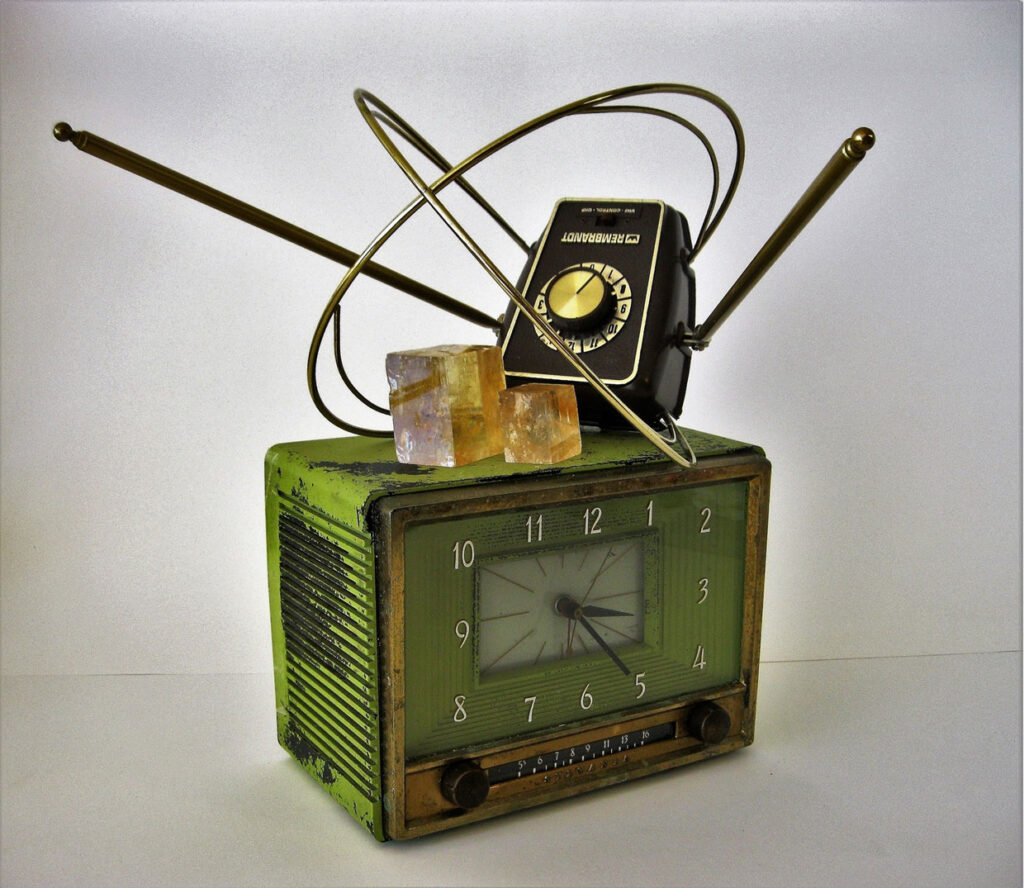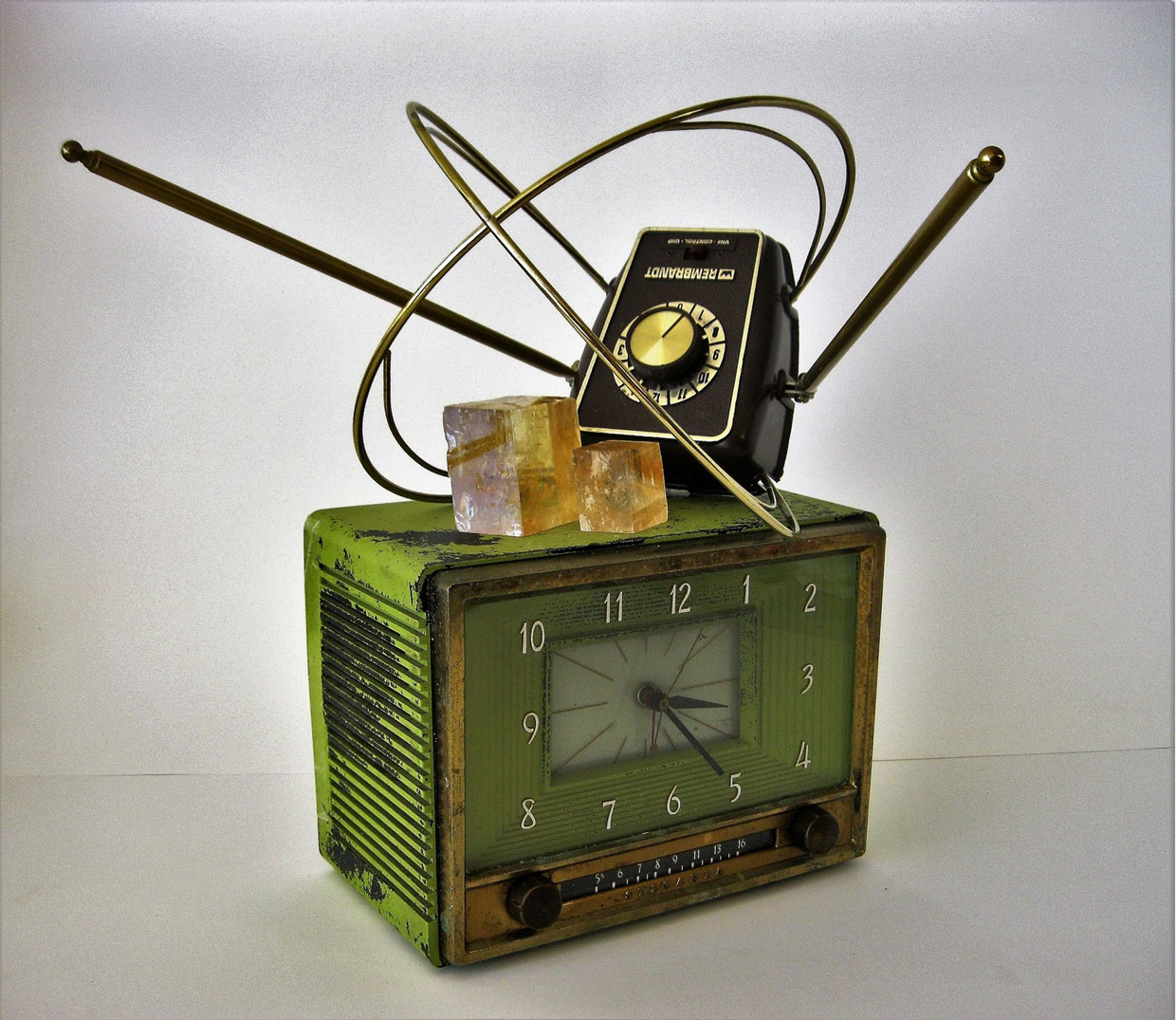ReSOURCE
Artists

Rhonda Wheatley
Rhonda Wheatley (b. 1972) is a Chicago-based multi-disciplinary artist whose exploration of healing, consciousness, and transformation is grounded in the spiritual and speculative. She studied at Loyola University of Chicago where she received her Bachelor’s degree in English Literature in 1994. In 1997, she received her Master’s degree in Writing from DePaul University. Imbued with meditative focus and intent, Wheatley’s spiritually charged installations and assemblage-based sculptures feature both vintage found materials and objects procured from the natural environment. Her background as a writer is embedded throughout her work, as many pieces feature intentionally long titles to capture the full spiritual essence of the work. Through her work—collage, sculpture, text, sound, and interactive performance—she pushes against the limits of reality and explores often uncomfortable boundaries. Since the early 2000s, Wheatley has participated in numerous exhibitions, including solo shows at Glass Curtain Gallery and Hyde Park Art Center (HPAC) and group shows at the Museum of Contemporary Art Chicago, Art League of Houston, and Buffalo AKG Art Museum in New York, among others. Wheatley has facilitated healing workshops with organizations across the US, such as Threewalls, Creative Capital, NYC Crit Club, and Ox-Bow School of Art. She is a recipient of the 3Arts Make a Wave Grant and the inaugural CAC Coney Family Fund Award Grant and was a Ragdale Foundation Chicago Connection Fellow, a Loghaven Fellow, and a Radicle Resident at HPAC. Wheatley has also taught contemporary art at Indiana University-Purdue University, Indianapolis and currently teaches at HPAC.


